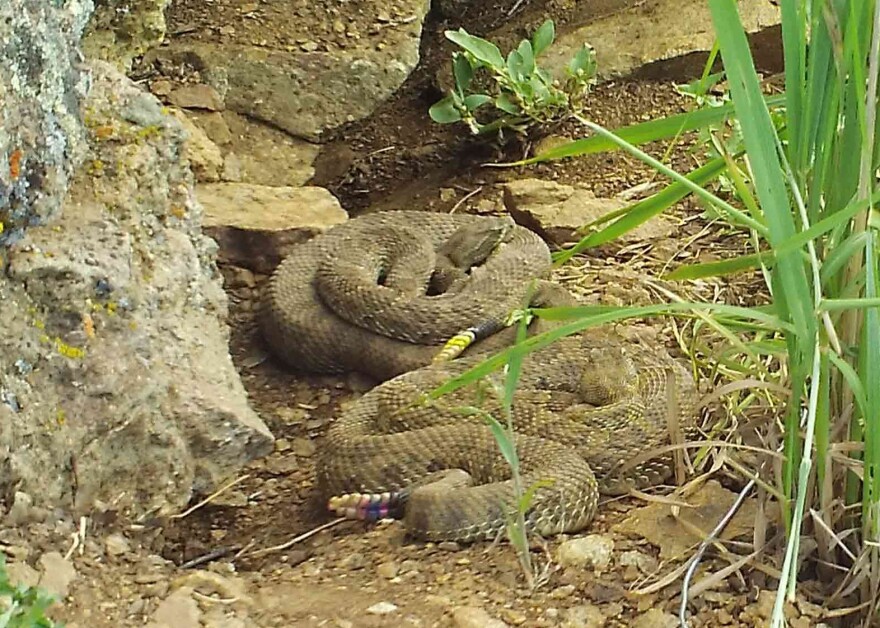It’s a sound which strikes fear in many people. It’s the sound of a rattlesnake.
But, a Central Coast researcher says rattlers are maligned, and are much more interested in staying away from people than biting them.
Cal Poly San Luis Obispo biology professor Emily Taylor says we’re still trying to learn many things about the lives of the misunderstood creatures. Cal Poly and Dickenson College in Pennsylvania have just launched Project RattleCam, which allows you to help in the research.
Volunteers will be taken to a Colorado ranch which may be home to as many as 1500 rattlesnakes. While that might sound a bit scary, the volunteer researchers will be taken there via the internet.

Taylor talks about how “Project RattleCam” works. She says remote cameras have recorded tens of thousands of photos of a mountaintop area where pregnant rattlers gather to give birth, and raise their young. It's too many for the researchers to review. So, they set up a program where volunteers can log in to view photos, and by answering questions, help sort the pictures.
The nationally know expert on reptiles and amphibians says the information can help them learn more about the snake's maternal care, how they get water from the dry habitat, and if the snakes spend time with certain other snakes, like we do with friends.
The Colorado ranch used for the project is ideal, because it’s chock full of rattlers. The pregnant snakes stay on the mountaintop during the summer, where they give birth and help their young. The male rattlers that are there during the winter, as well as females which are not pregnant, leave to hunt for food.
Taylor says her lab is hoping the research will also help them come up with better ways to help the public understand, instead of fearing rattlesnakes.
The researcher says her Cal Poly lab is planning to launch a live Central Coast webcam which will allow you to see pregnant rattlers in our region which normally gather in July and August.
Link to Project RattleCam: https://bit.ly/3zLGQ74



